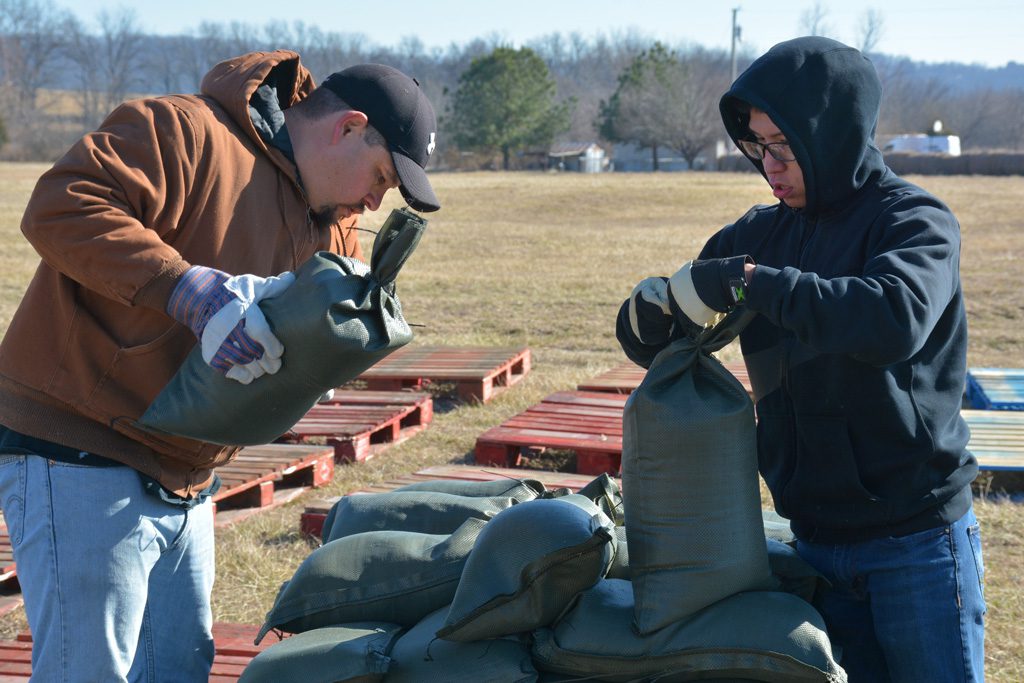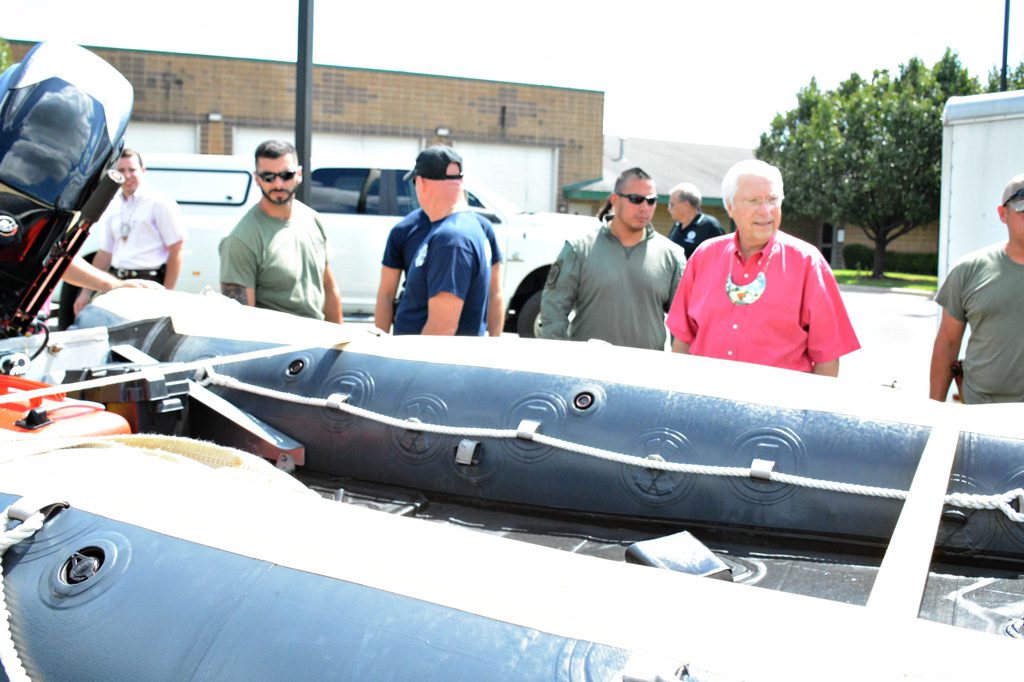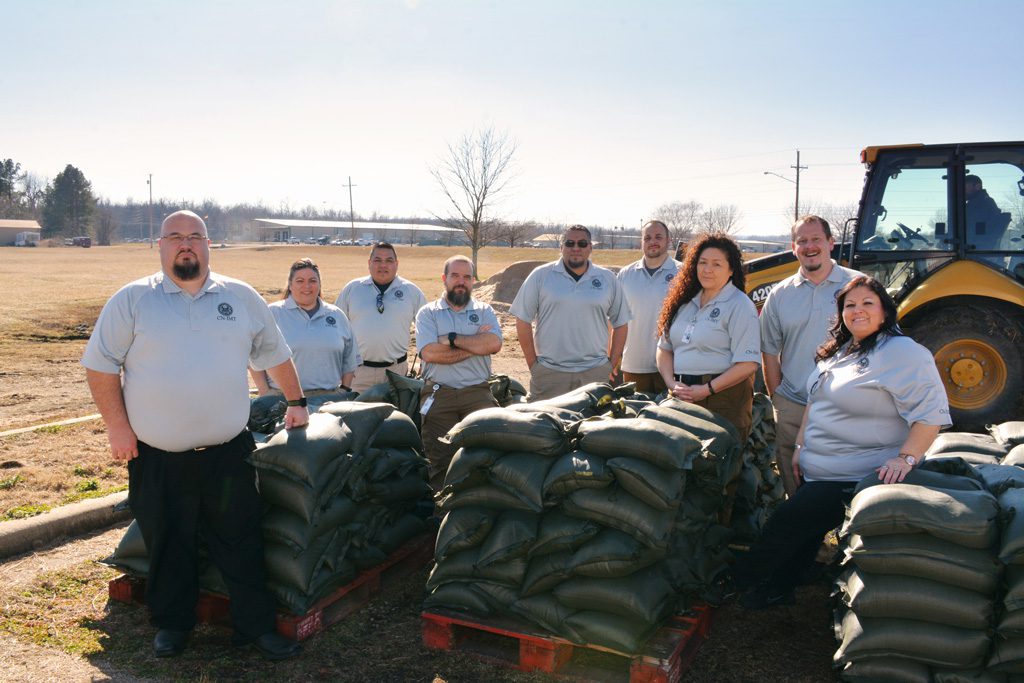
Oklahoma is notorious for natural disasters, and living under a severe storm warning is par for the course each spring. In the heart of Tornado Alley, residents know there is sometimes no escaping Mother Nature’s fury, but we also know the value of preparation.
To this end, the Cherokee Nation’s emergency management team completed a lengthy certification process last year to become a Type 3, all-hazard incident management team; it’s one of the first tribes in the nation to attain this classification.
“We are able to handle the initial response to any large-scale event and remain active and on-scene for several days, coordinating resources to help put a community back together,” says Jeremie Fisher, the team’s manager.

The Cherokee team joins the ranks of three others in Oklahoma and just over 120 in the nation with Type 3 certifications. Fisher saw firsthand the effectiveness of this type of program after an EF5 tornado hit Moore in 2013. Shortly after he was hired by the tribe, he decided that obtaining this certification would be valuable.
“We are responsible for 14 counties in Northeastern Oklahoma,” Fisher says. “We are an asset to the tribe as well as our community partners.”
Nearly a year into operations, the Cherokee team has assisted in the response to and recovery from a dangerous ice storm, two 500-year floods and an EF1 tornado that touched down after dark in the hamlet of Greasy in Adair County. The team’s main area of operation lies within tribal land, but it has helped communities outside Oklahoma.
“We were on standby to assist with Hurricane Harvey and some of our team members went to help in communities in response to Hurricane Irma,” Fisher says.
In a natural disaster, a public health emergency or another crisis, Fisher says the Cherokee team uses personnel from different departments and agencies and a specially built, 36-foot mobile command center to orchestrate operations.

“Our team becomes the central point to organize response and recovery efforts,” he says.
With high-tech tools like satellite communications, computers and drones, the team works with first responders and agencies like the National Weather Service and American Red Cross to assess damage, coordinate logistics, allocate resources and track funding from the Federal Emergency Management Agency.
“We are self-sustaining,” Fisher says. “We have 15 people on our team, but we are training more. We want to be two deep in most positions so we can run seamless operations during an event.”
The team has one main function – response – but it also helps with recovery.
“When an incident occurs, the initial focus is on the accountability for life,” Fisher says. “Once all the people have been accounted for, the recovery can begin. You begin to clear the area, put street signs back up, put life back together. Response is the quick part, but recovery may take years.”

The team is equipped to handle large-scale disasters, but members maintain their skills by working at smaller functions, such as concerts and tribal events.
“As with any team, you play like you practice,” Fisher says. “Many people look at teams like this and think that we are only interested in large-scale events, but we look for anything that can help keep us sharp.”






















